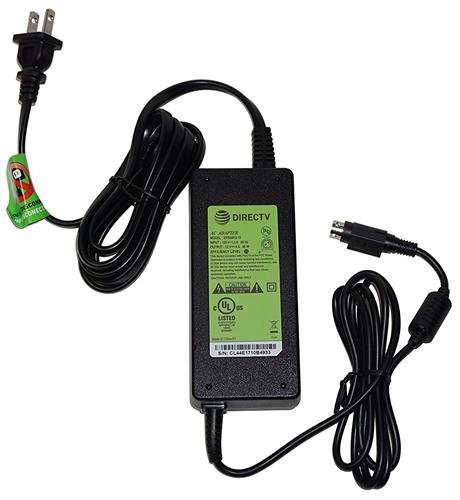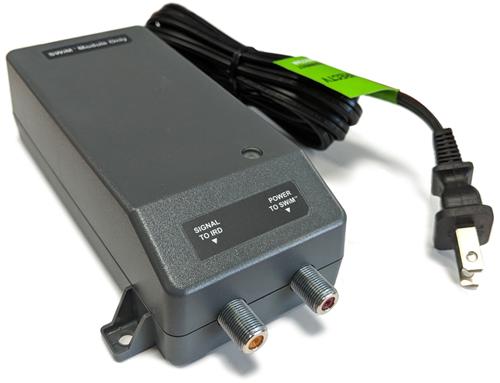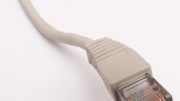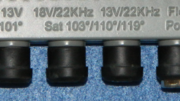All of a sudden, saving money on energy is back in style. Blame months of high energy prices if you’d like. The fact is that we’re all looking at our electronic doodads a bit more lately, and wondering how much it costs to power them.
There have been around 100 different DIRECTV boxes in the last two decades, and each one draws a different amount of power. But, it’s possible to make some educated guesses and that’s what we’re going to do.
Pre-H25 receivers and pre-Genie DVRs

Prior to the H25, each receiver or DVR had a built-in power supply with a different rating. But, we can estimate based on several receivers.
Typically, a pre-H25 receiver will draw about 30 watts of power. A DVR will draw 60-70 watts depending on the generation.
H25 receivers and all Genie clients
Starting with the H25, all of the smaller DIRECTV boxes used the same power supply, the EPS10. This makes it easier to project what the power draw is going to be. Any of those boxes will draw 18 watts, as shown by the sticker on the power supply.
Genie DVRs

Pretty much all Genie DVRs either use the EPS44 or EPS17 power supply. The EPS44 supplies 48 watts, while the EPS17 supplies 72 watts. Unless your Genie DVR is the tall, triangular HS17 Genie 2, it uses the EPS44 power supply
One more thing to know

Chances are you have a power inserter like the one above to power your dish. It’s mandatory on most DIRECTV systems. That’s going to supply 41 watts give or take.
In real life: your wattage may vary
The numbers I’m quoting are the maximum output of these power supplies. Often times the equipment doesn’t require maximum output. But, you should at least know what could potentially be happening, even if the real draw on a moment by moment basis could be less than that.
The real question: how much is this going to cost?
Those numbers are great, but the real question is how much your electric bill is going to go up based on the equipment being there and being plugged in. Since these boxes use almost the same amount of power whether or not they’re actually “turned on,” you have to consider the cost of running them all month.
Electricity rates vary greatly by state. But, just for this example, we’re going to use the national average which is about 11 cents per kilowatthour. A kilowatthour is an amount of energy equivalent to supplying 1,000 watts of power for one hour. So let’s add it up.
Let’s say you had a Genie 2 with four clients and there was, of course, a power inserter. The total wattage would be the sum of all the wattage of the power adapters. That’s 72+18+18+18+18+41. Pull out a calcluator app and that’s … 185 watts. In a 30-day month, there are 720 hours, so the total draw in watthours is 185 multiplied by 720. Divide by 1,000 to get kilowatthours.
So, another trip to the calculator says that your DIRECTV system is using 133.2 kilowatthours per month. At 11 cents per kilowatthour, that means about $14.65 of your power bill is going to that. Now of course these are worst case scenarios, because the wattage supplied isn’t constant. But theoretically it could be that high. Still, all told that’s not a lot for an entire month, and most likely you’re not paying that much
Get DIRECTV accessories from Solid Signal
SolidSignal.com specializes in providing original manufacturer DIRECTV equipment, the same stuff the technicians have on your trucks. If your older DIRECTV equipment uses too much power or if you just want to upgrade, shop the great selection at Solid Signal! Call us for the best tech support at 888-233-7563. If it’s after hours, fill out the form below and we’ll get back to you, usually within one business day.





